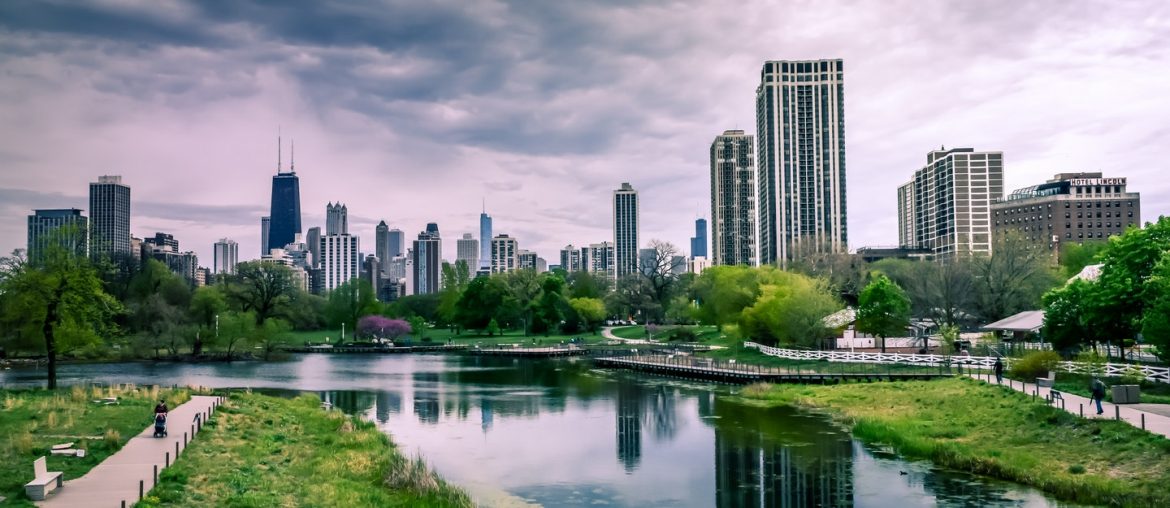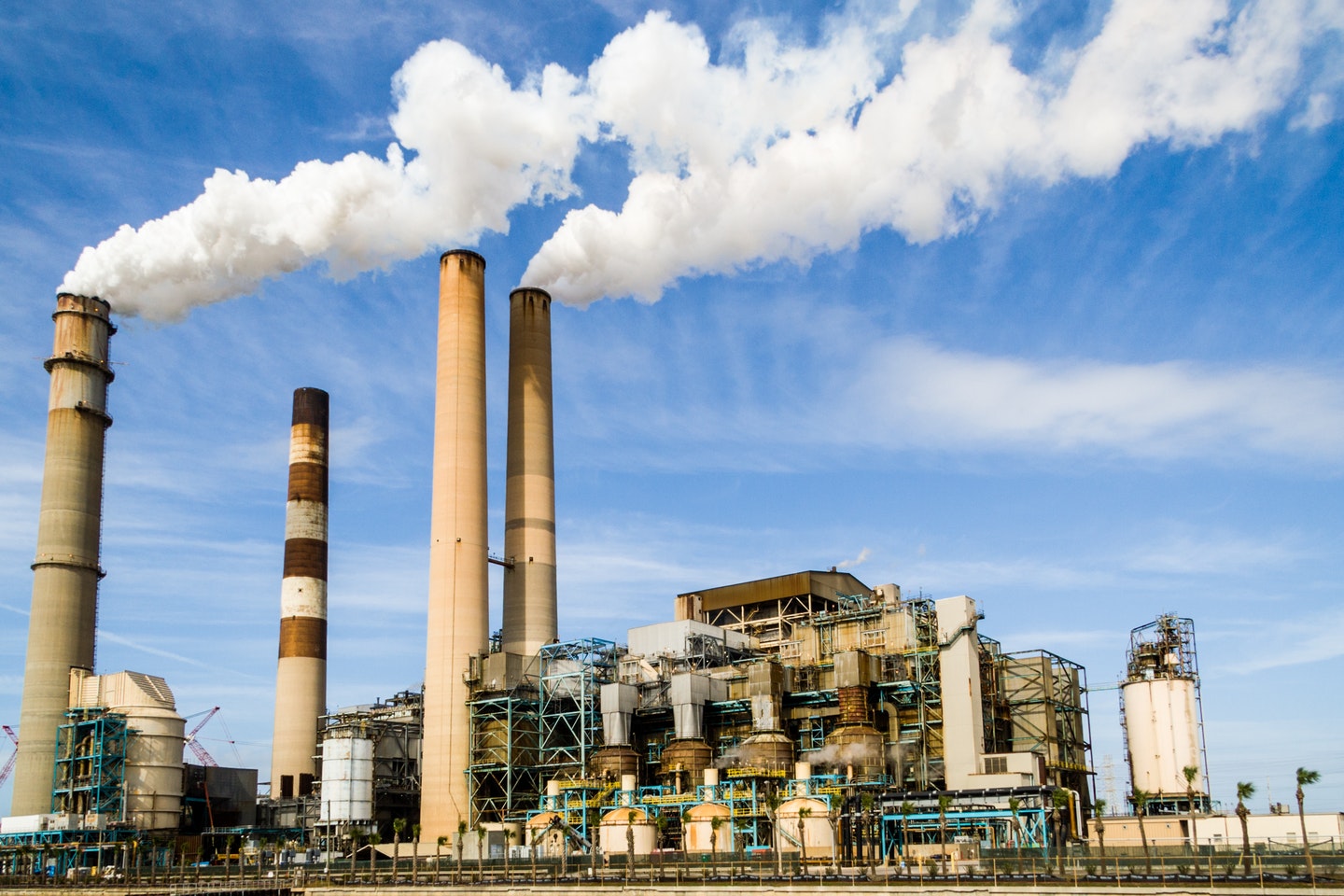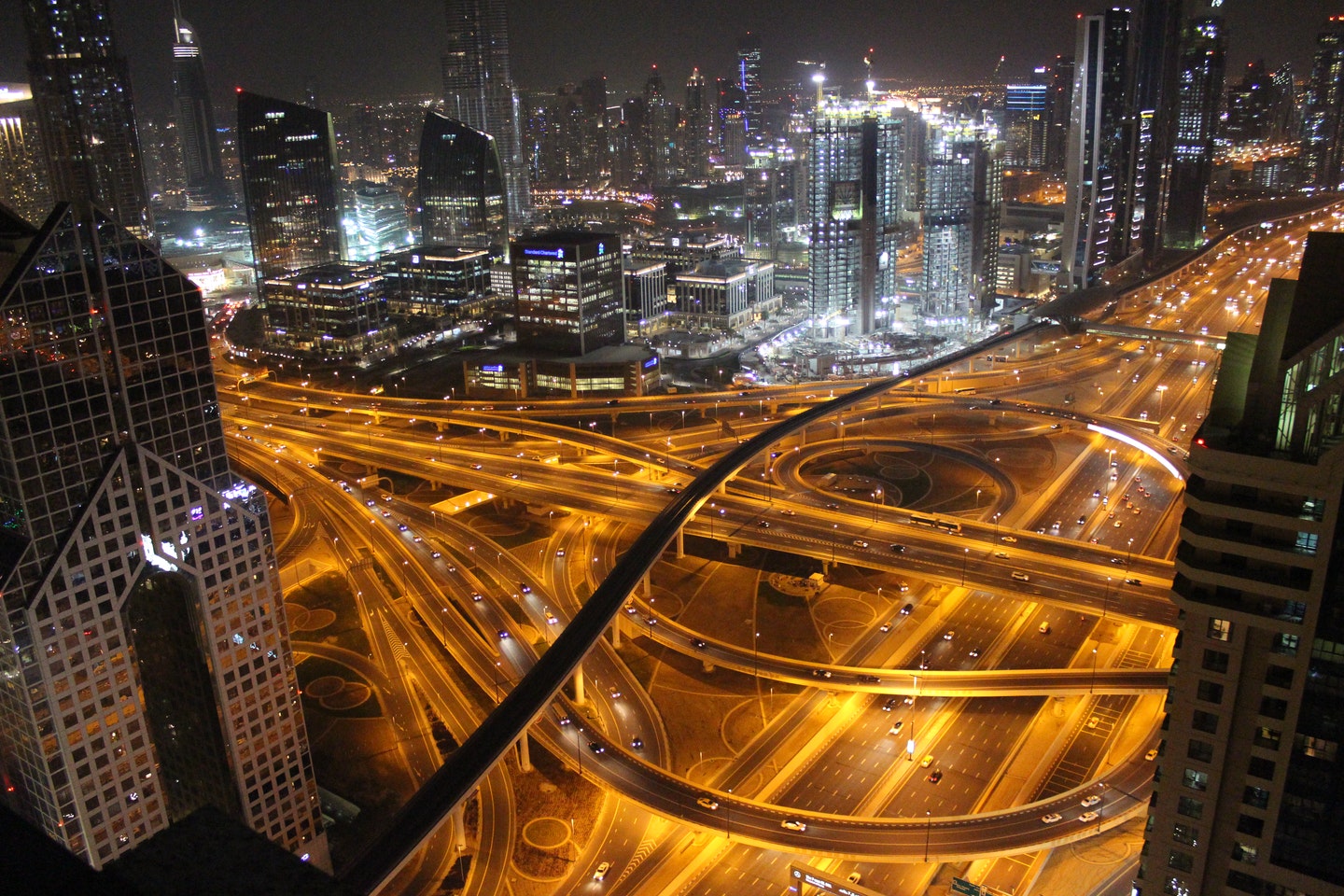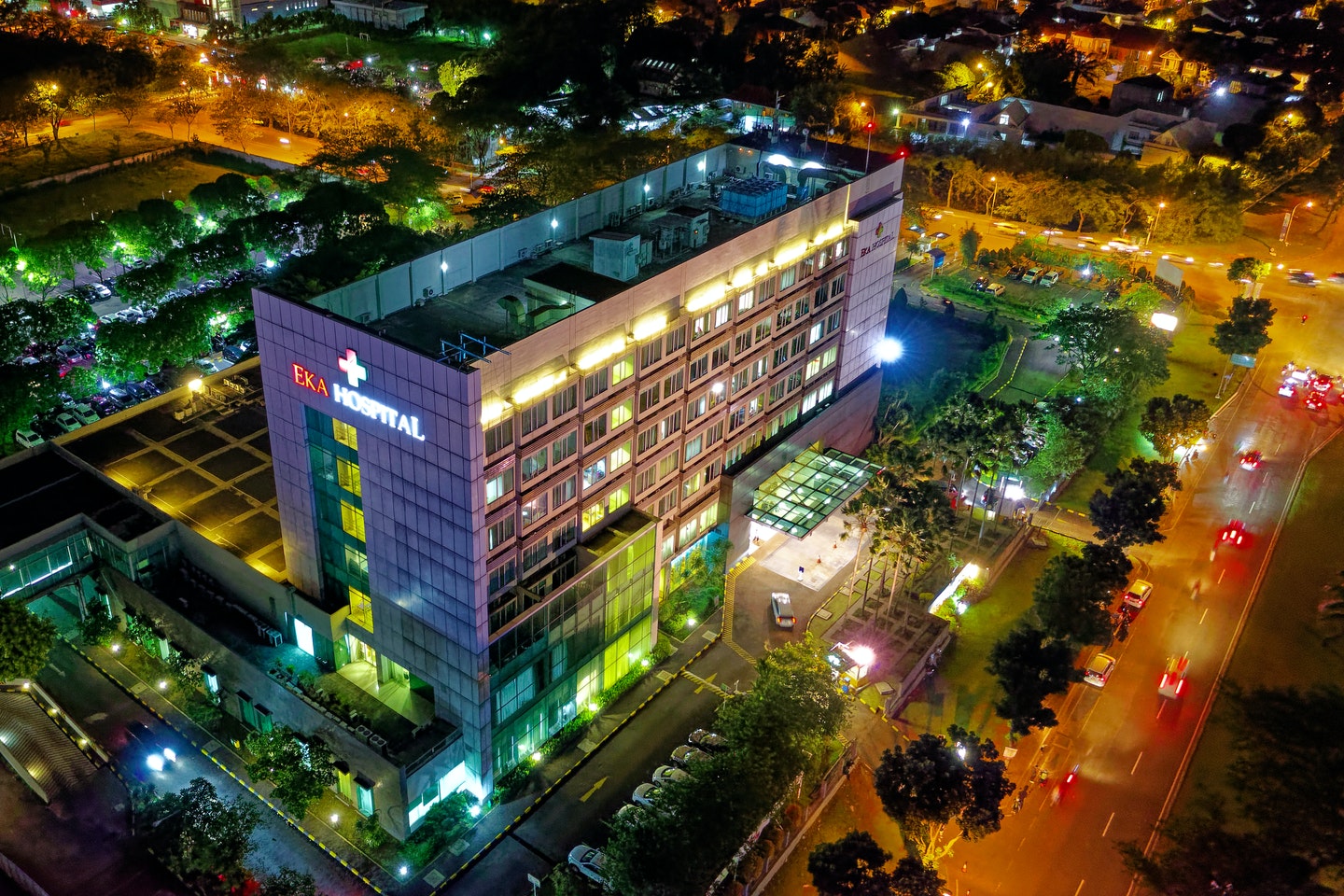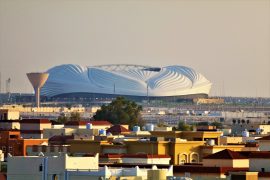The idea of how cities are developed is rather complex to explain. There are so many factors and parameters interlinked with each other that taking one out of the picture might lead to the deformation of the idea. Although there is not enough evidence to assert what are the factors driving a city’s development, experts and theorists have speculated on the pre-conditions that might have been the driving force behind the development.
People first began agricultural activities during the Neolithic revolution. They built their colonies around the areas with rivers and water reservoirs so that they can take full advantage of the natural resources. This gave rise to many advantages, pottery was introduced, houses were built using timber and stones. That resulted in a population boom. But over time, as people’s ideology and philosophy change, it starts shaping their beliefs, culture, and customs. Slowly the parameters required for a city’s development start dividing into a multitude of propensities. That being said, here are the possible factors that drive a city’s development.
Economic aspects
From the very beginning, when people began to understand the concept of economy and its impact on the community, they started developing economic zones in different areas suitable for trading activities to drive the economy forward. This eventually leads to the formation of villages, towns, and ultimately cities. During the Neolithic revolution, agriculture was introduced and became one of the primary sources of economy and food. This greatly encouraged the development of human settlements around those areas as crop cultivation required more time and labor. This eventually led to the development of permanently settled firming towns and later cities. The same ideology of city formation around the economic zones still persists but on a larger scale. This is why it remains one of the greatest factors driving a city’s development.
Geographical positioning
People didn’t create economic zones wherever they saw fit. Geographical positioning had played an important role in setting up an economic zone. A close look at history will reveal that major cities around the world had been built around natural resources like rivers, by the sea, or even mountain valleys. While rivers and seaports could benefit a city with their resources to sustain a community and can provide with necessary infrastructure for transportation and industrialization, mountains, on the other hand, could provide protection from natural calamity and shelter. The climate also contributes largely when it comes to the formation of a city or a city. A region with good climatic conditions always gives rise to certain advantages that propelled the development process.
Infrastructure development
By now it should be apparent that economic advancement is one of the most important driving forces in forming a city. But that advancement can only be made possible through infrastructure development. That is to say, if an area features roads, railways, bridges, tunnels, water supply, sewers, electrical grids, and telecommunications to ensure sustainability, then it is bound to thrive as a city. That is why Infrastructure development is one of the main catalysts and among the primary factors driving a city’s development. It is the same story across the entire world.
Government initiatives
Various government initiatives such as building important establishments such as government offices, diplomatic zones, economic zones, healthcare facilities, and educational institutions can change the entire shape of an area. Let’s take a look at Shenzhen, a mere fishing village in China three decades ago transformed into a tech manufacturing capital of the world. Thanks to numerous government initiatives including a new tax model favorable for doing large-scale business and reduced import-export cost, the area has become one of the most prosperous and developed areas in the world. Likewise, there are plenty of examples in Bangladesh as well where various government initiatives have changed the structure of many areas and their economy and set forth a rapid development in the process.
Tourism
One of the most obvious yet the largest factors driving a city’s development is the tourism sector. Even an uninhabited island can become a thriving city teeming with economic activities if it can attract tourists. Bali, for example, is a small island located at the westernmost of the Lesser Sunda Islands is one of the world’s most popular tourist destinations. This area is the main reason why the tourism industry here makes up for 80% of the country’s total economy.
It is hard to make a list of factors that are absolutely necessary for driving a city’s development. But these are some of the factors that theorists think can drive a city’s growth. Although some aspects might be more prominent than the others, as a whole they are the driving force of a city’s development. So to recapitulate, it is all about benefits. A city grows when the cost of living is lower than the benefits that are available.

